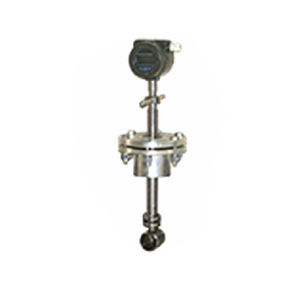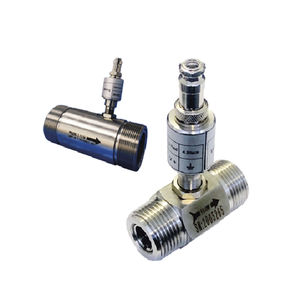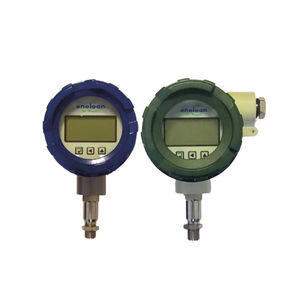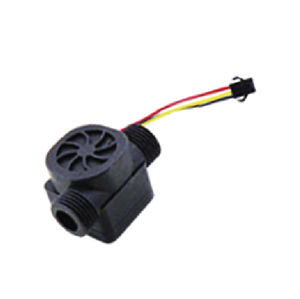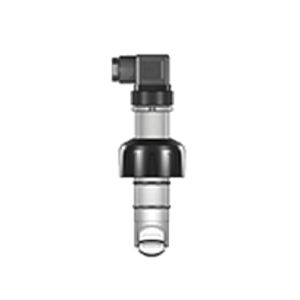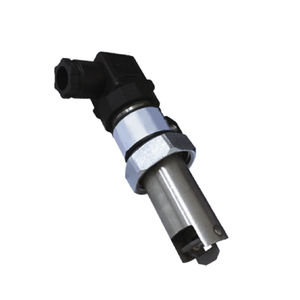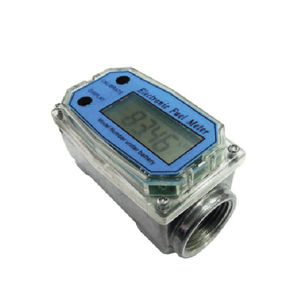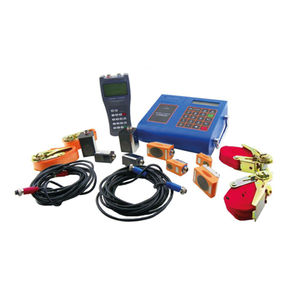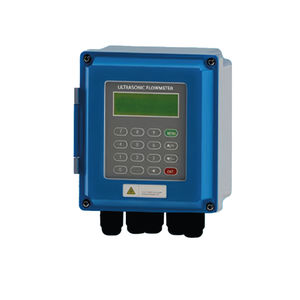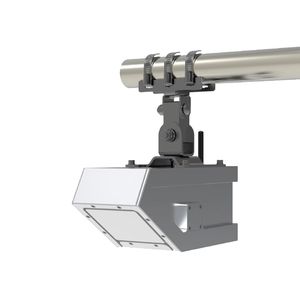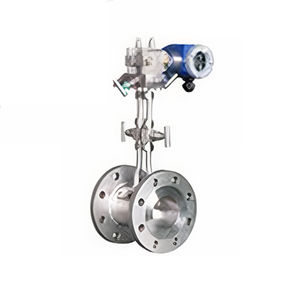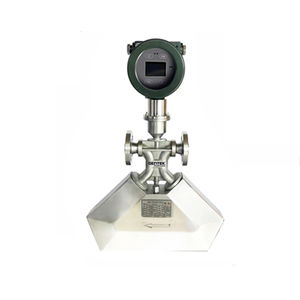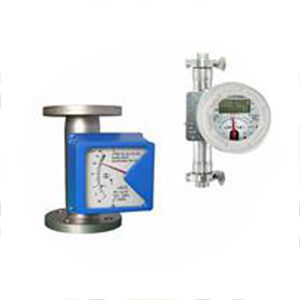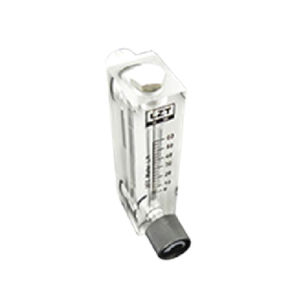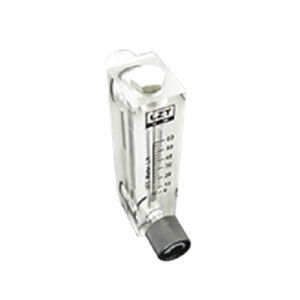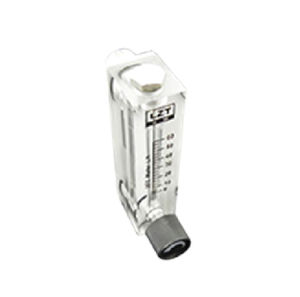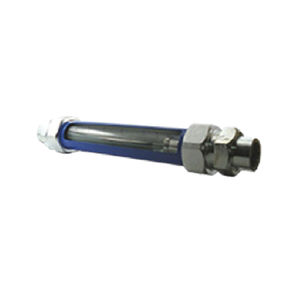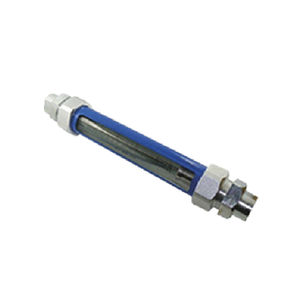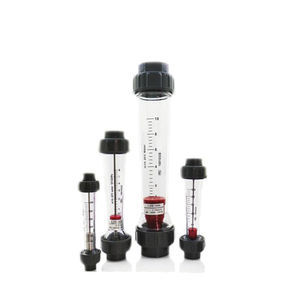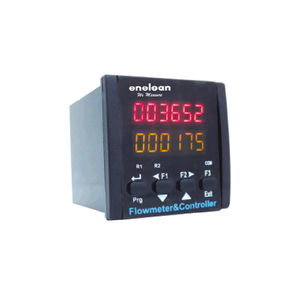
- Detection - Measurement
- Flow, Pressure and Level Measurements
- Ultrasonic flow meter
- ENELSAN ENDUSTRIYEL ELEKTRONIK SANAYII A.S.
Doppler ultrasonic flowmeter volumefor waterwall-mounted
Add to favorites
Compare this product
Characteristics
- Technology
- Doppler ultrasonic
- Type
- volume
- Fluid
- for water
- Installation
- wall-mounted, suspended
- Material
- stainless steel, aluminum, PVC
- Communication
- 4-20 mA, RS485, Modbus, RS-232, GPRS
- Supply voltage
- 24 Vdc
- Protection level
- corrosion-resistant, IP66
- Applications
- for pipe fitting
- Other characteristics
- open-channel
- Process temperature
Max.: 60 °C
(140 °F)Min.: -20 °C
(-4 °F)
Description
Doppler Effect Ultrasonic Flowmeter uses reflected ultrasonic sound signals to measure fluid velocity. By gauging the frequency shift between the ultrasonic frequency source, the receiver and the fluid carrier, the relative motion is estimated. The resulting frequency shift is called the Doppler Effect.
The fluid velocity can be expressed as:
V = c (fr - ft) / 2 ft cosΦ (1) Fr = received frequency
Ft = transmission frequency
V = fluid flow rate
Φ = Relative angle between the transmitted ultrasonic beam and the fluid flow
C = speed of sound in liquid This method requires some of the reflective particles in the liquid.
The method is not suitable for clear liquids.
Advantages of Doppler Ultrasonic
Flowmeter Doppler counters can be used when other counters are not working. These liquid slurries can be gaseous liquids or some small or large amount of liquid on suspended solids.
The advantages can be summarized as follows:
➢ Less blocking flow ➢ Can be installed outside of pipes
➢ The pressure drop is equal to the equivalent length of a straight pipe
➢ Corrosion resistant ➢ Low power consumption
➢ They measure the flow of fluid in partially filled pipes and open channels.
➢ Does not require a sluice.
➢ Shows speed, level, instantaneous and total flow.
➢ Optional ,16GB SD card
➢ 20 coordinate points can be determined.
INSTALLED PIPE APPLICATIONS
Limitations of Doppler Ultrasonic Flowmeters Doppler flowmeter performance is dependent on the physical properties of the liquid, such as sonic conductivity, particle density, and flow profile.
The unevenness of the particle distribution in the pipe section can be miscalculated,resulting in an average velocity.
Catalogs
No catalogs are available for this product.
See all of ENELSAN ENDUSTRIYEL ELEKTRONIK SANAYII A.S.‘s catalogsOther ENELSAN ENDUSTRIYEL ELEKTRONIK SANAYII A.S. products
Flowmeters
Related Searches
- Flowmeter
- Volume flowmeter
- Liquid flowmeter
- Pressure transmitter
- Level limit switch
- Level probe
- Liquid level limit switch
- Analog pressure transmitter
- Liquid level probe
- Gas flowmeter
- Stainless steel flowmeter
- Waterproof flowmeter
- Industrial flowmeter
- Waterproof pressure transmitter
- Analog level probe
- Stainless steel pressure transmitter
- Membrane pressure transmitter
- Relative pressure transmitter
- Protection level level switch
- Float level switch
*Prices are pre-tax. They exclude delivery charges and customs duties and do not include additional charges for installation or activation options. Prices are indicative only and may vary by country, with changes to the cost of raw materials and exchange rates.






